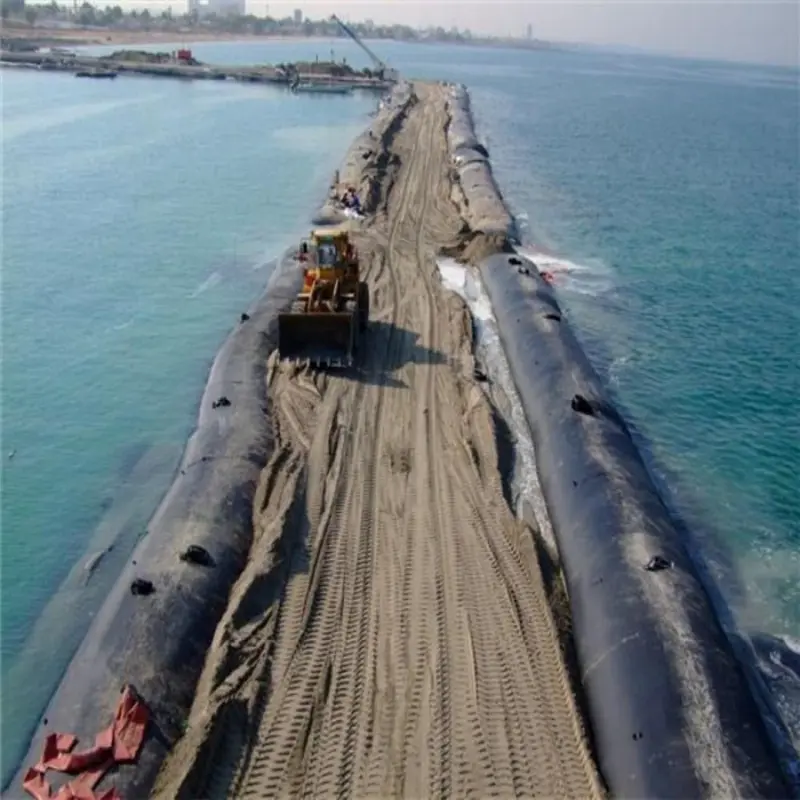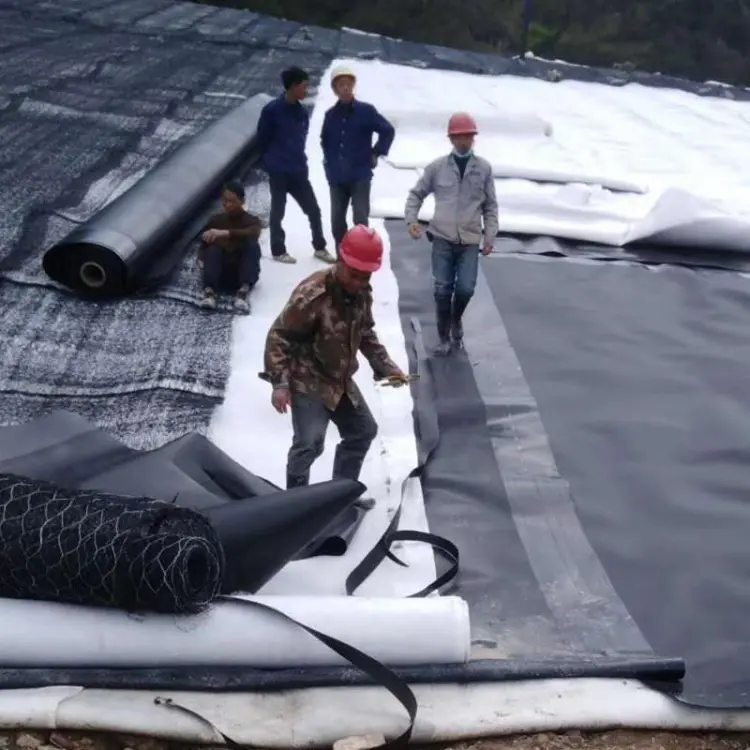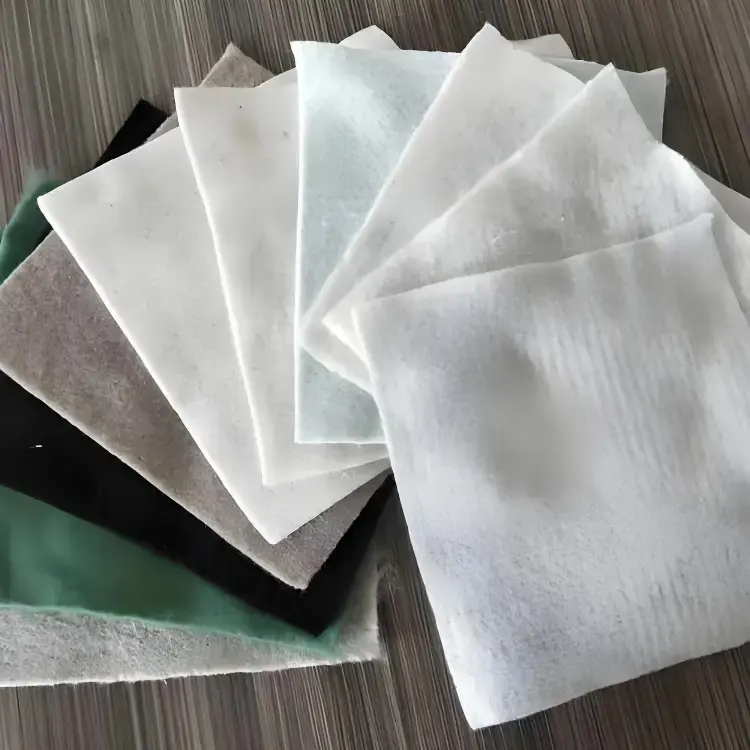I. New Jersey State Shoreline Protection Project
(1) Project Background
Coastal erosion near a historic New Jersey lighthouse progressively threatened the 170-year-old landmark. Though dune systems were built to prevent erosion and sea-level rise, the ocean advanced close to the structure. In March 2018, a severe storm destroyed the dunes, forcing emergency sandbag placement along the shoreline.
(2) Solution
In late 2018, the New Jersey Department of Environmental Protection installed eight 600-foot geotextile tubes and bags to reduce erosion and restore the natural coastline. Each sand-filled tube was anchored to scour aprons extending several feet beyond the structure to prevent wave undercutting. The leeward side was protected by sand-filled geotextile mattresses that captured soil to promote vegetation growth.
(3) Effectiveness
The system created coastal dune habitats, shielded inland wetlands, and halted erosion toward the lighthouse. Unlike traditional sandbags, these high-capacity tubes (5ft tall × 10ft wide, >3,000 lbs each) resisted waves, wind, abrasion, and impacts.
II. Zhanjiang Coastal Defense Project, China
(1) Project Background
Zhanjiang’s lengthy coastline faced severe wave erosion, necessitating robust protection measures.
(2) Solution
Geotextile tubes constructed seawalls with high strength, puncture resistance, and corrosion durability to withstand typhoon impacts.
(3) Effectiveness
Construction time was reduced to one-third of traditional methods, enhancing coastal defense efficiency and safeguarding residents’ lives and property.
III. Davao Coastal Road Project, Philippines
(1) Project Background
A 1,243-meter coastal road (40 km/h design speed) included 316 meters of geotextile tube-reinforced sections and a 478.7-meter bridge.
(2) Solution
Geotube installations simplified construction without advanced techniques. Their UV resistance and high strength provided effective erosion control.
(3) Effectiveness
Cost savings reached ₱25.67 million (≈$461,992), with geotextile tubes and bags costing only 35% of conventional retaining walls.

IV. Pebuahan Beach Protection Project, Bali
(1) Project Background
Destructive erosion threatened Bali’s northwestern Pebuahan Beach.
(2) Solution
Geotubes with high UV/chemical resistance were deployed along the coastline.
(3) Effectiveness
Erosion was effectively controlled, preserving both the beach ecosystem and tourism resources.
V. Kochi Coastal Protection Project, India
(1) Project Background
Wave and tidal erosion endangered Kochi’s coastal zones.
(2) Solution
Synthetic geotextile tubes filled with sand provided weather-resistant and chemically stable barriers.
(3) Effectiveness
The tubes reduced erosion while enabling vegetation growth and ecological recovery, setting a benchmark for similar projects.
Conclusion
Geotextile tubes and bags demonstrate significant advantages in coastal protection:
- Rapid construction
- Cost efficiency (up to 65% savings)
- Environmental sustainability
- Long-term stability
These cases validate their efficacy in combating erosion, lowering project costs, and enhancing ecological resilience. As technology advances, their role in future shoreline defense will expand.

